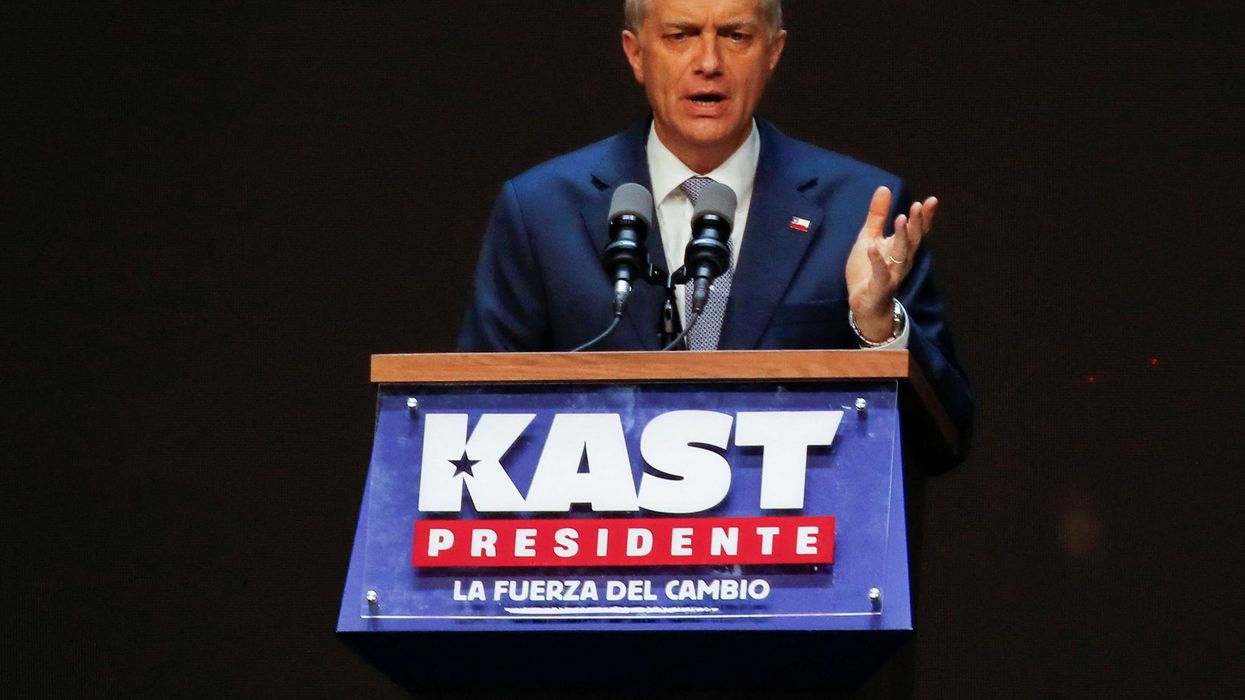The growing protests in China against the PRC regime's draconian Zero-COVID policy are significant. How significant is too early to tell.
If the Chinese authorities respond with violent repression and loudly blame the protests on foreign forces, this could ignite even larger demonstrations, and ones directed against the regime in general. Slogans of “CCP step down,” and “Xi Jinping step down,” have already been heard on Chinese streets. Equally important, even if the regime weathers this outbreak of protest, the Chinese New Year is coming up in late January, a time in which Chinese traditionally visit their families. If the draconian Zero-COVID policy is still in place at that time, and travel and homecomings are obstructed, it is extremely likely that protests will reemerge in even greater force.
Washington needs to be very careful in responding to these events. If it overtly lauds or encourages the protests, it will only feed the paranoia of the PRC regime and strengthen the inevitable accusation that the demonstrations are a creation of outside forces. This will almost ensure violent repression. If the U.S. says too little, however, it undermines its simplistic narrative of the world being divided between democracy and authoritarianism.
The best response at this point would be to take note of the large protests as an indication of the pressures that Zero-COVID have produced in Chinese society, and offer to work with Beijing ASAP to distribute vaccines within the country.
The Chinese got themselves into this mess by stressing how effective their independent, non-Western handling of the virus has been, by resisting the importation of more effective Western vaccines, and by not vaccinating the elderly at sufficient levels. The West should not strengthen the disastrous PRC policy by adopting an ideological approach to the events in China. This will just cause the Chinese authorities to double down.
One can expect several Members of Congress to attempt to use the protests — and any repressive Chinese government response — to argue for even greater levels of containment and pressure on Beijing. While criticizing its draconian COVID policies and repressive response is justified, trying to use events in China to deepen the rift between the two countries would be feckless and irresponsible, resulting in an even more unstable, polarized global environment.
















